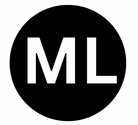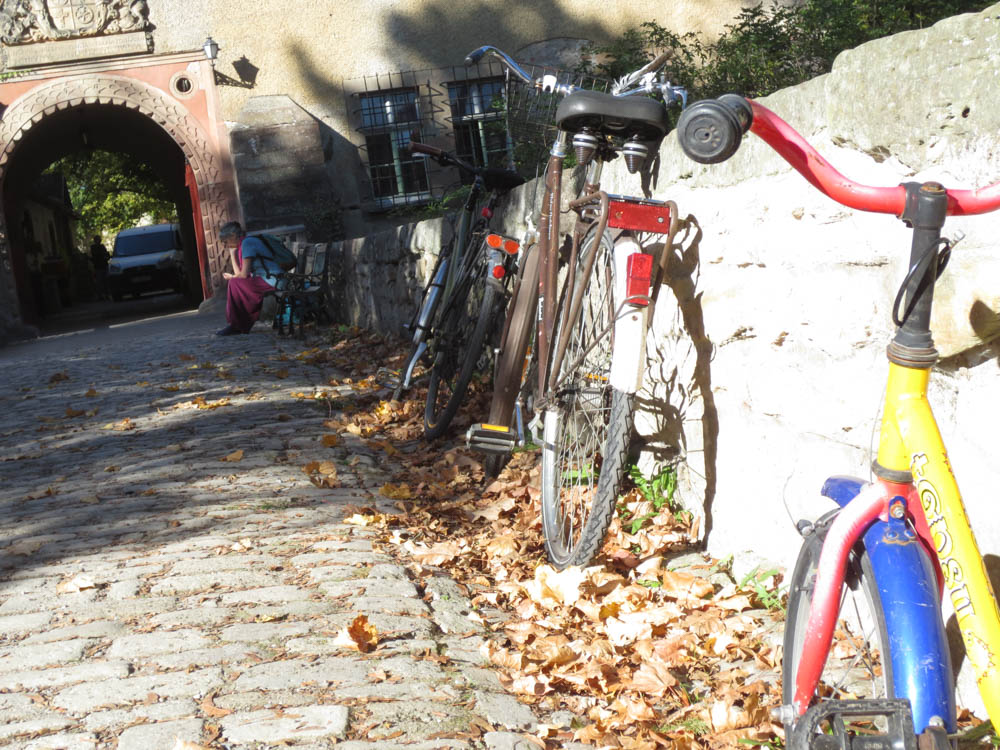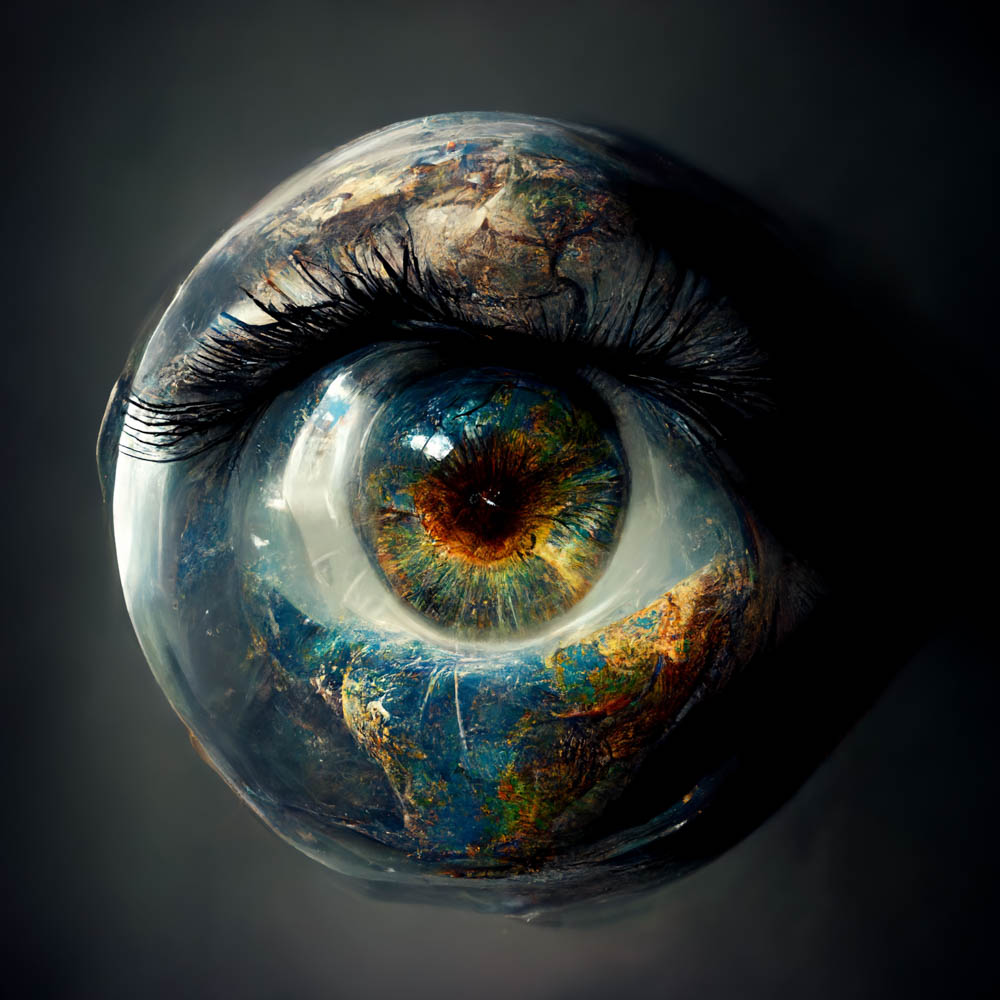Markus Lippeck – Künstler, Denker, Handwerker
Ein Lebenswerk in Bewegung
Es gibt Menschen, deren Lebenslauf einer geraden Linie folgt – und andere, deren Weg
sich wie ein Geflecht entfaltet: aus vielen Erfahrungen, Brüchen, Anfängen und
Neuanfängen. Markus Lippeck gehört zu den Letzteren. Sein Leben ist kein Projektplan,
sondern ein Werk im Werden – geformt aus Handwerk, Technik, Philosophie und einer
stillen, unerschütterlichen Sehnsucht nach Sinn.
Geboren 1970, aufgewachsen in einer Umgebung, die von handwerklicher Arbeit und
Waldorfpädagogik geprägt war, hat er früh gelernt, Dinge nicht nur zu benutzen, sondern
zu begreifen. Holz, Metall, Erde, Sprache, Menschen – alles war Material, alles Ausdruck.
Dieses frühe Verständnis von Form und Geist prägt bis heute seine Haltung: dass Technik
und Kunst, Denken und Tun, Mensch und Werkzeug keine Gegensätze sind, sondern sich
gegenseitig bedingen.
Nach verschiedenen Ausbildungen und beruflichen Stationen arbeitete er zunächst als
Handwerker, dann als IT-Spezialist und Unternehmer. Er gründete, entwickelte, baute auf
– mehrmals, in ganz unterschiedlichen Bereichen. Jeder dieser Schritte war ein Versuch,
Selbstbestimmung zu leben in einer Welt, die sich immer stärker zentralisierte. Er
entwickelte technische Strukturen, die auf Offenheit und Unabhängigkeit setzten –
Open-Source-Systeme, dezentrale Infrastrukturen, Modelle digitaler Souveränität. Doch er
erkannte auch, wie gering die Bereitschaft war, Verantwortung zu übernehmen. Diese
Erfahrung – dass Bequemlichkeit stärker wiegt als Freiheit – wurde zu einer biografischen
Wunde und zugleich zum Motor seiner späteren Arbeit.
Ein persönlicher Schicksalsschlag führte ihn in eine Lebensphase, in der es nicht mehr um
Konzepte, sondern ums Überleben ging. Als Vater eines kleinen Kindes baute er ein
Generationenhaus, einen Ort, der Arbeit, Leben und Fürsorge miteinander verband. Aus
der existenziellen Erfahrung von Verlust und Verantwortung wuchs ein neues Verständnis
von Gemeinschaft: nicht als Theorie, sondern als tägliche Praxis.
Diese Jahre haben ihn geprägt – und sie haben den Boden bereitet für das, was heute in
Worpswede entsteht: eine Rückkehr zur Kunst als gesellschaftlicher Kraft, zur Kultur als
Resonanzraum. In der Verbindung von Technologie, Ästhetik und Gemeinsinn sucht
Markus Lippeck nach einer Form, in der menschliche Erfahrung nicht verdünnt, sondern
vertieft wird.
Er lebt und arbeitet in Worpswede, wo er ein Haus, eine Galerie und ein Netzwerk
aufgebaut hat, die zugleich Werkstatt, Bühne und Labor sind. Hier werden Kunst, digitale
Räume und bürgerschaftliche Ideen miteinander verwoben – nicht als Projekt, sondern als
Haltung: dass Freiheit nicht im Rückzug liegt, sondern im Gestalten.
In seinen aktuellen Initiativen, darunter das Konzept „WorpswedeNEXT!*“, sucht
Lippeck nach Wegen, wie Vertrauen, Kultur und Technologie sich zu einer neuen Form
von Souveränität verbinden lassen. Nicht im Maßstab der Macht, sondern im Maßstab des
Menschlichen. Er steht exemplarisch für eine Generation, die noch gelernt hat, Dinge zu
bauen – und die jetzt versucht, Räume zu schaffen, in denen Menschen sich wieder
begegnen können.
„Vielleicht“, sagt er, „besteht das eigentliche Ziel nicht darin, Systeme zu kontrollieren,
sondern sie so zu gestalten, dass sie das Menschliche bewahren.“
Worpswede, 2025
Biographical notes
Markus Lippeck – artist, thinker, craftsman
A life’s work in motion
There are people whose lives follow a straight line – and others whose paths
unfold like a web: made up of many experiences, breaks, beginnings, and
new beginnings. Markus Lippeck belongs to the latter group. His life is not a project plan,
but a work in progress – shaped by craftsmanship, technology, philosophy, and a
quiet, unshakeable longing for meaning.
Born in 1970 and raised in an environment shaped by craftsmanship and
Waldorf education, he learned early on not only to use things, but also to
understand them. Wood, metal, earth, language, people – everything was material, everything was expression.
This early understanding of form and spirit continues to shape his attitude today: that technology
and art, thinking and doing, people and tools are not opposites, but
mutually dependent.
After various training courses and professional positions, he first worked as a
craftsman, then as an IT specialist and entrepreneur. He founded, developed, and built
— several times, in very different areas. Each of these steps was an attempt to
live self-determination in a world that was becoming increasingly centralized. He
developed technical structures that focused on openness and independence—
open-source systems, decentralized infrastructures, models of digital sovereignty. But he
also recognized how little willingness there was to take responsibility. This
experience—that convenience outweighs freedom—became a biographical
wound and, at the same time, the driving force behind his later work.
A personal tragedy led him into a phase of life in which it was no longer about
concepts, but about survival. As the father of a small child, he built a
generational house, a place that combined work, life, and care. From
the existential experience of loss and responsibility grew a new understanding
of community: not as theory, but as daily practice.
These years shaped him—and they paved the way for what is emerging today in
Worpswede: a return to art as a social force, to culture as a
resonance chamber. In combining technology, aesthetics, and community spirit,
Markus Lippeck seeks a form in which human experience is not diluted but
deepened.
He lives and works in Worpswede, where he has built a house, a gallery, and a network
that are at once a workshop, a stage, and a laboratory. Here, art, digital
spaces, and civic ideas are interwoven—not as a project, but as an
attitude: that freedom lies not in retreat, but in creation.
In his current initiatives, including the “WorpswedeNEXT!” concept,
Lippeck seeks ways in which trust, culture, and technology can be combined to form a new form
of sovereignty. Not on the scale of power, but on the scale of
humanity.
He exemplifies a generation that has learned to build things – and is now trying to create spaces where people can meet again.
“Perhaps,” he says, “the real goal is not to control systems,
but to design them in such a way that they preserve what is human.”
Worpswede, 2025






